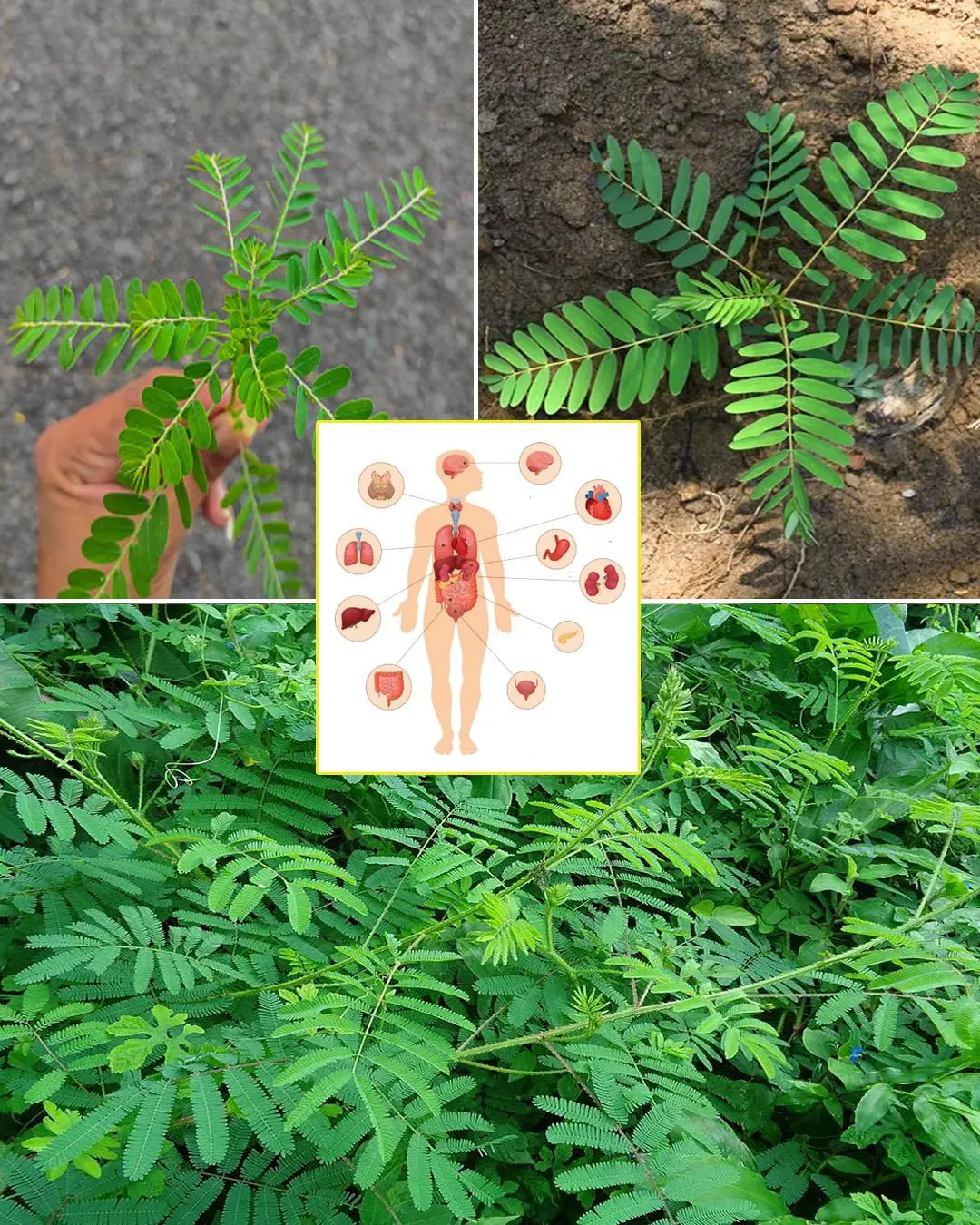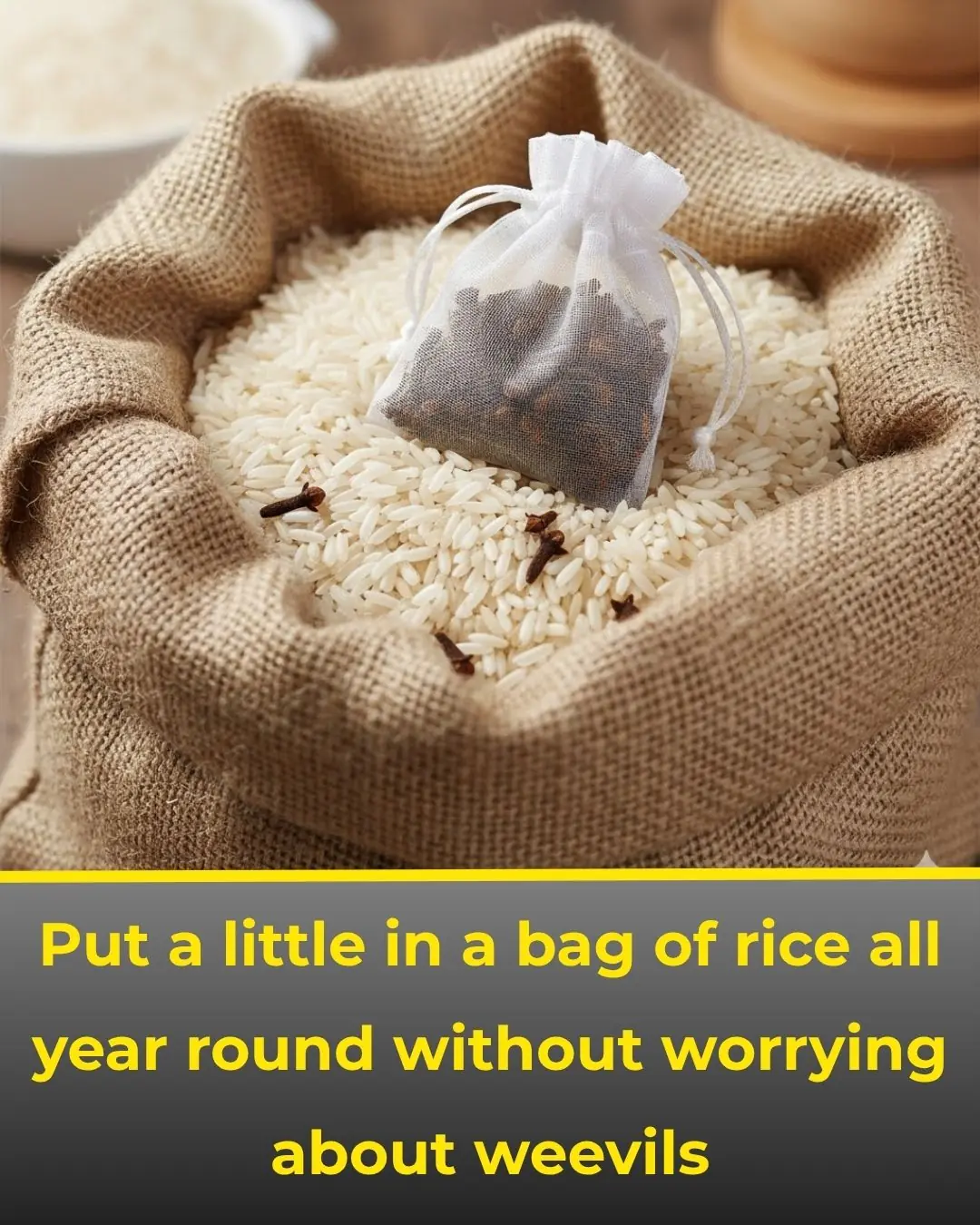
3 practical ways to stop snakes from getting into your home — plus safer alternatives and what not to do
Snakes usually come looking for food, shelter and cooler places to hide — so the best way to keep them away is to make your property less attractive to them. That basic idea underpins three commonly suggested measures: planting “repellent” plants, using powders or chemical deterrents, and keeping dogs or cats. Below I explain how each method really works (or doesn’t), offer safer, evidence-backed alternatives, and spell out what to do if you encounter a snake or are bitten. Tạp Chí Đời Sống+1
1) Planting garden species said to repel snakes — limited evidence, but useful for rodents
Some people recommend aromatic plants (lemongrass, garlic-onion varieties, cassava, etc.) on the theory that strong smells discourage snakes. In practice there’s little scientific proof that any plant reliably keeps snakes away; snakes hunt primarily by scent and sight for prey, and removing the prey (rodents, frogs) is usually far more effective than depending on a particular plant. That said, planting dense, low-maintenance hedges and keeping vegetation trimmed can help reduce hiding places for both rodents and snakes. If you try plants, treat them as one small part of a broader yard-maintenance plan rather than a standalone “snake repellent.” extension.psu.edu+1
Practical alternative: mow regularly, remove rock/wood piles, keep compost and pet food secured, and seal gaps under sheds and foundations — these actions remove shelter and food for the snake’s prey and are the most reliable prevention step. The Spruce
2) “Powders” such as orpiment (arsenic sulfide) — don’t do this; it’s toxic
Traditional tips sometimes recommend scattering bright yellow “orpiment” powder (arsenic sulfide) around entrances. This is dangerous advice. Arsenic compounds are toxic to humans and animals, can contaminate soil and water, and create serious inhalation and handling hazards. Public-health and hazardous-materials guidance make clear that arsenic sulfide and similar compounds should not be used by homeowners as repellents. Instead of toxic powders, use non-chemical physical measures (see below) and call licensed wildlife or pest professionals if you suspect a persistent snake problem. Tạp Chí Đời Sống+2NJ.gov+2
If you’ve already used a toxic powder or find an unknown substance, avoid contact, keep children and pets away, and contact local poison-control or environmental health authorities for advice. wwwn.cdc.gov
3) Keeping a dog or cat — helpful but not foolproof
Pets can sometimes deter snakes: barking dogs and alert cats may scare off a snake or raise the alarm by finding the animal’s hiding places. Pets also reduce rodent populations (a main food source for many snakes). But animals are not guaranteed protection — some dogs and cats have been bitten while investigating snakes — so never rely on pets as the sole defense. Supervise pets outdoors, bring food bowls inside at night, and remove rodent attractants to lower the overall risk. The Spruce+1
Other effective, research-backed steps you should take
-
Eliminate shelter and entry points: clear brush, stack firewood away from the house, and seal holes in foundations, doors and vents. Snakes commonly exploit gaps under doors or unsealed crawlspaces. The Spruce
-
Control prey: stop leaving pet food outside and address rodent problems with traps or professional pest control — fewer rodents means less reason for snakes to visit. Better Homes & Gardens
-
Install snake-proof fencing: in high-risk areas, a buried fine-mesh fence can be effective if installed correctly. The Spruce
-
Call professionals: if you find a venomous snake near the home, contact local wildlife control or animal services rather than attempting removal yourself. Many regions have licensed handlers who can relocate the animal safely. aphis.usda.gov
If you encounter a snake or someone is bitten
-
Do not handle or try to catch the snake. Most bites happen when people attempt to catch or kill a snake. Back away slowly and keep others, especially children and pets, clear of the area. blogs.cdc.gov
-
If bitten, stay calm and get medical help immediately. Keep the bitten limb still and at or below heart level, remove jewelry or tight clothing, and call emergency services. Try to remember the snake’s colour and shape to help clinicians identify the species, but do not attempt to suck out venom, cut the wound, or apply a tourniquet. Contact your local poison control for further guidance. nhs.uk+1
News in the same category

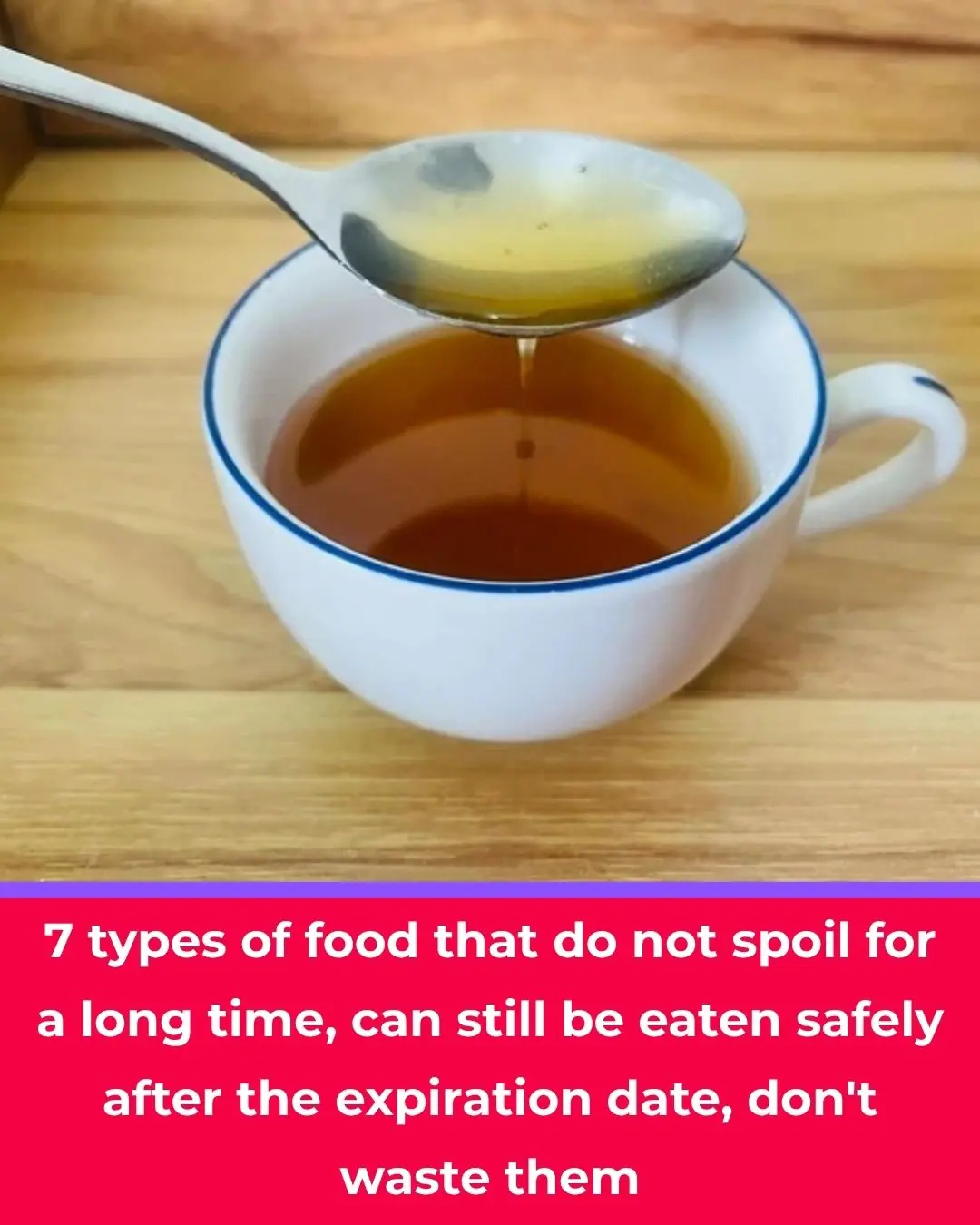
7 pantry items that really don’t spoil — and how to store them so they stay great

8 instant, drug-free ways to stop motion sickness — rewritten, expanded and evidence-backed

Do you need to unplug the rice cooker after the rice is done? — an expanded, evidence-backed guide
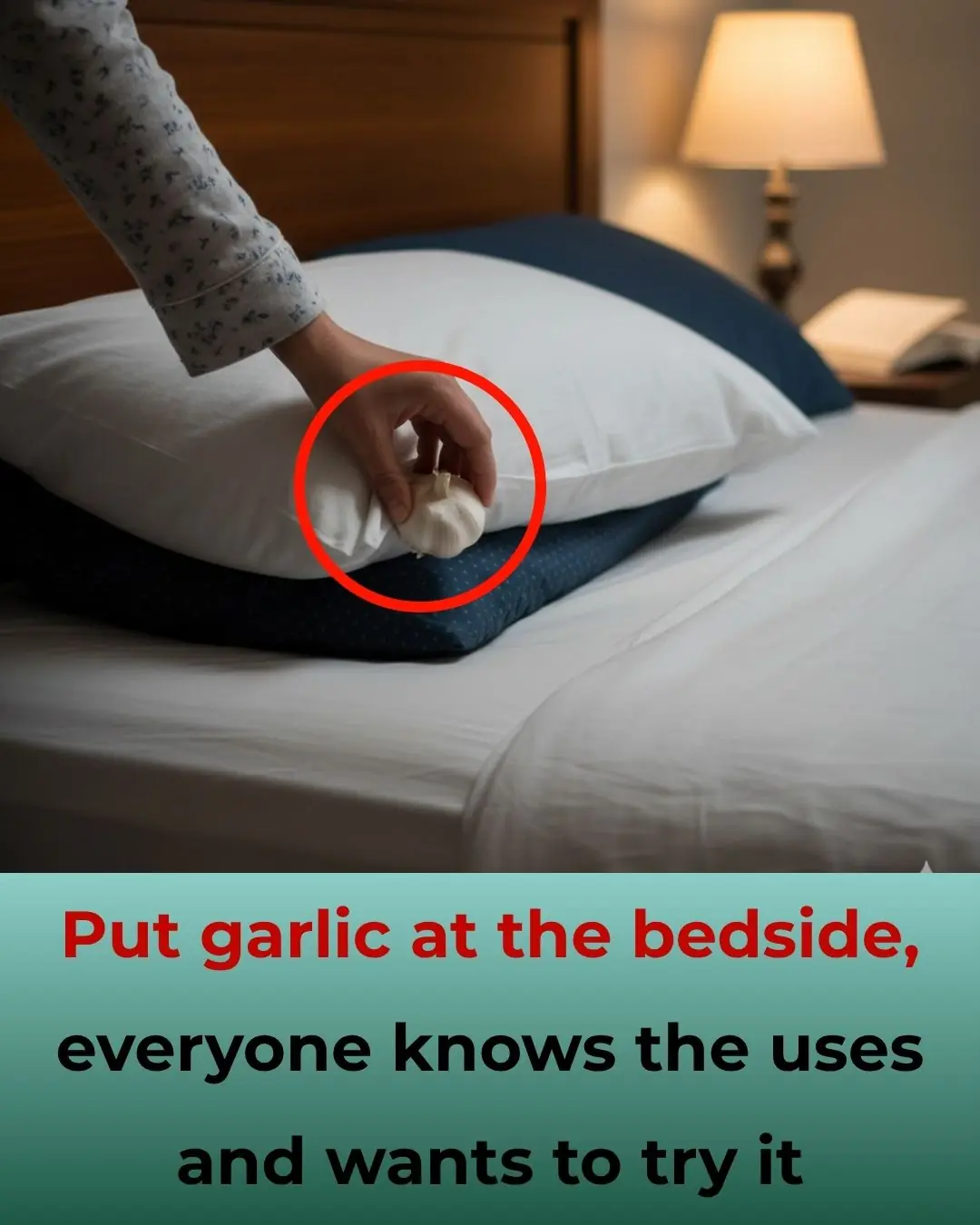
Put a clove of garlic by your pillow? Here’s what the tradition actually does — and what science and doctors say

The 3 best times to drink perilla leaf tea — and what science and safety advice say

5 common coffee mistakes that can harm your health — and safer, evidence-based fixes

Robin Williams' daughter issues desperate plea to fans after receiving 'disgusting' AI videos of her dad

Reason why Donald Trump had 'no chance' at winning' Nobel Prize despite his claims 'he deserved it'

Emmerdale fans 'work out' what's really wrong with Moira Dingle after collapse

McFly star Harry Judd's wife Izzy opens up on their child's difficult health condition

Bill Belichick trying to ‘find the leak’ with reports of UNC dysfunction spreading

Mike Francesa misses Yankees watch party for ‘emergency’ surgery

Taylor Swift’s floral ‘Late Night With Seth Meyers’ outfit is covered in Easter eggs

Selena Gomez’s kidney donor, Francia Raisa, addresses wedding snub and feud rumors

‘Shuts TF Up’: Scott Jennings’ Unhinged Back and Forth with Abby Phillip Takes a Turn When Van Lathan Begins to Speak

Melissa Koby Becomes First Black Woman to Create Official U.S. Open Artwork, Honors Althea Gibson for 75th Anniversary

Joy-Ann Reid Returns to the Mic With New Podcast “The Joy Reid Show”

Kamala Harris Makes Surprise Appearance at Compton High Graduation After Chance Encounter With Student
News Post

Growing Wildflowers: A Mother’s Journey Through the Chaos

The Baby in Princess Diana’s Arms

A Lifetime in Bloom: Lois Shows Us What Passion Truly Grows

Farewell to a Giant Soul: Vatsala the Elephant Passes at 100
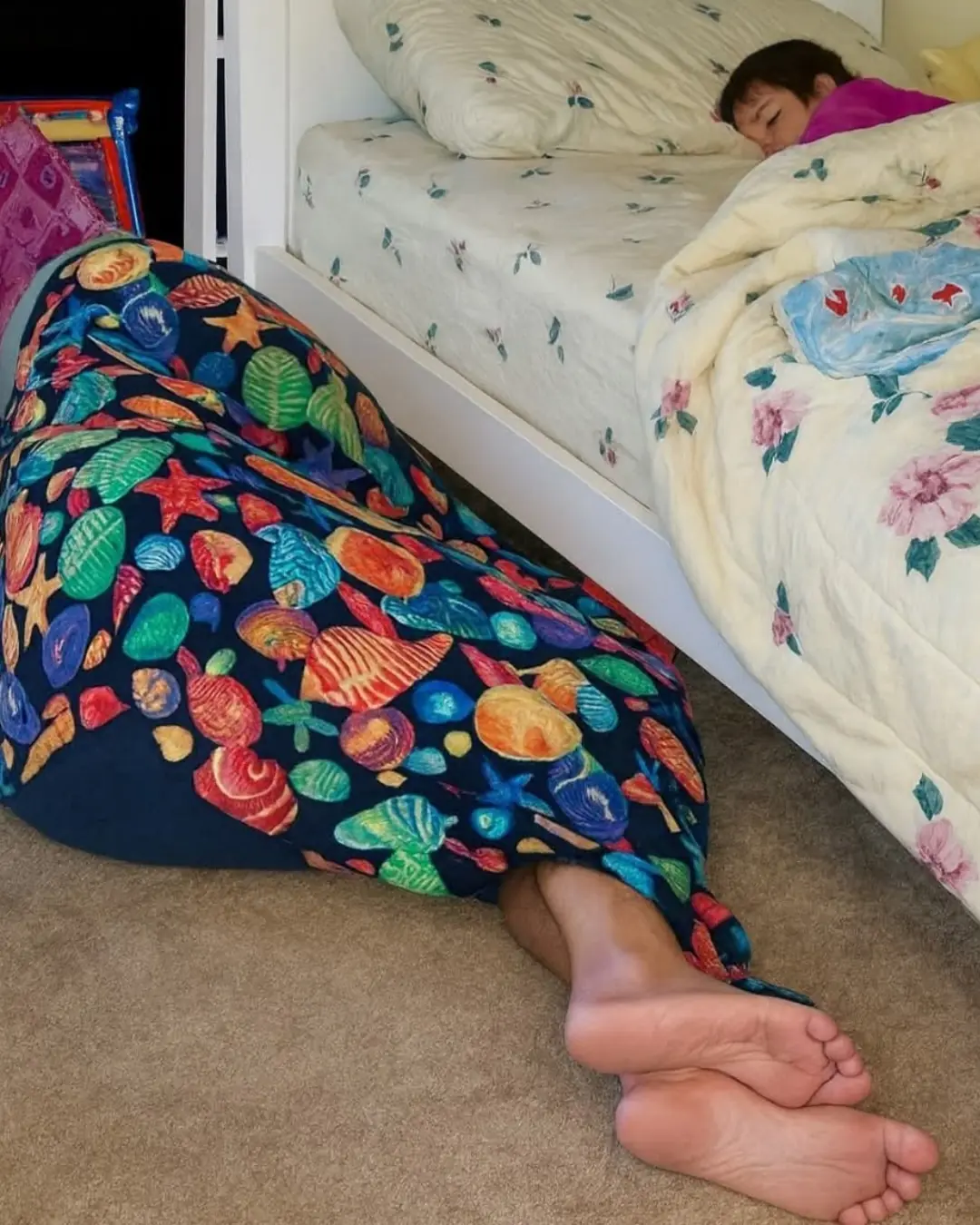
Keeping the Monsters Away: The Quiet Heroism of Foster Parents

From Sidewalk to Forever: A Daughter’s Choice That Changed Everything
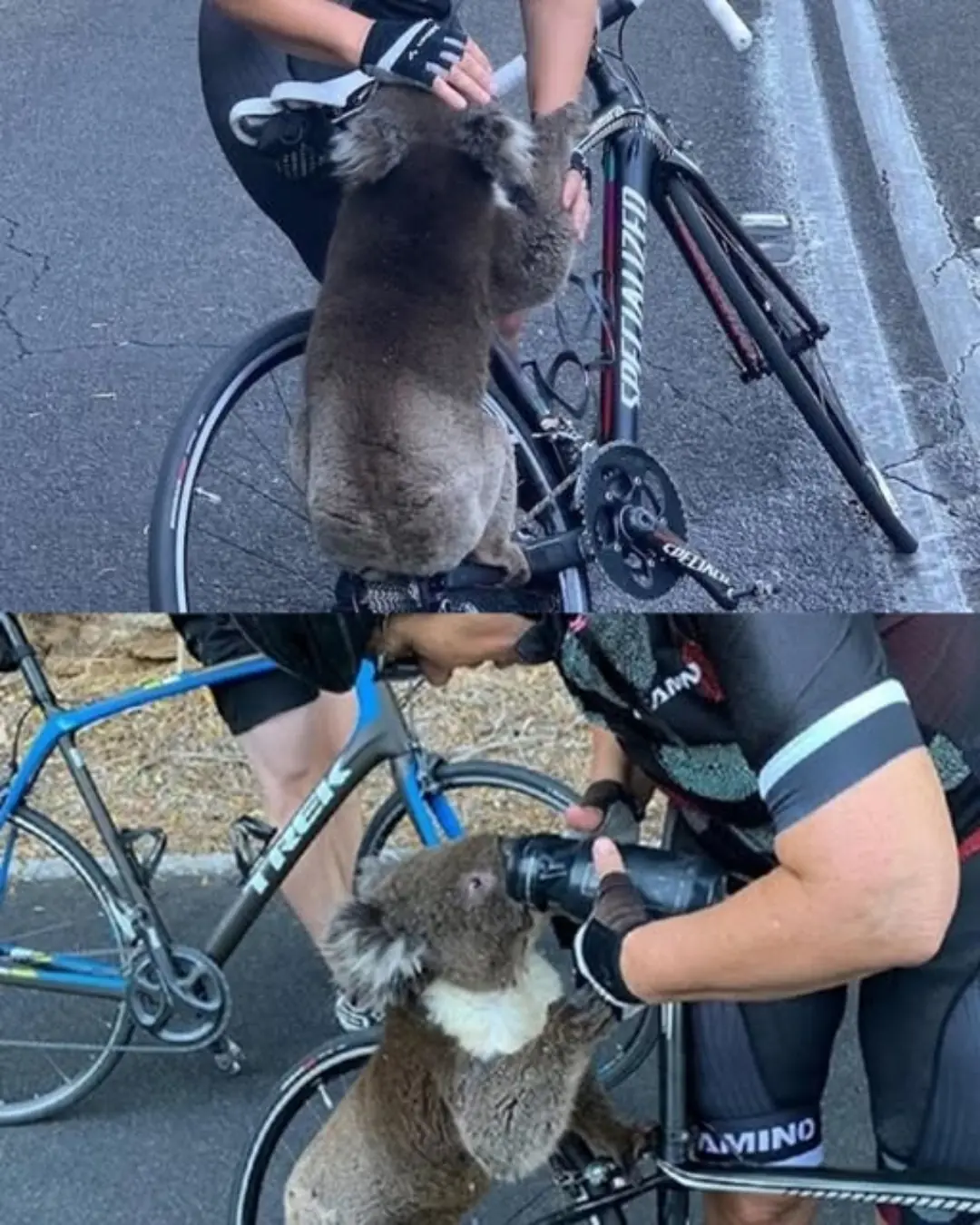
A Thirst for Life: Cyclists Halt Ride to Save Parched Koala in Australia’s Heatwave

An Actor’s Greatest Role: Morgan Freeman Becomes a Guardian of Strays

When a Celebration Became a Goodbye: A Daughter’s Farewell to Her Faithful Companion

Bella the Hero: How a Pit Bull’s Loyalty Saved a Life
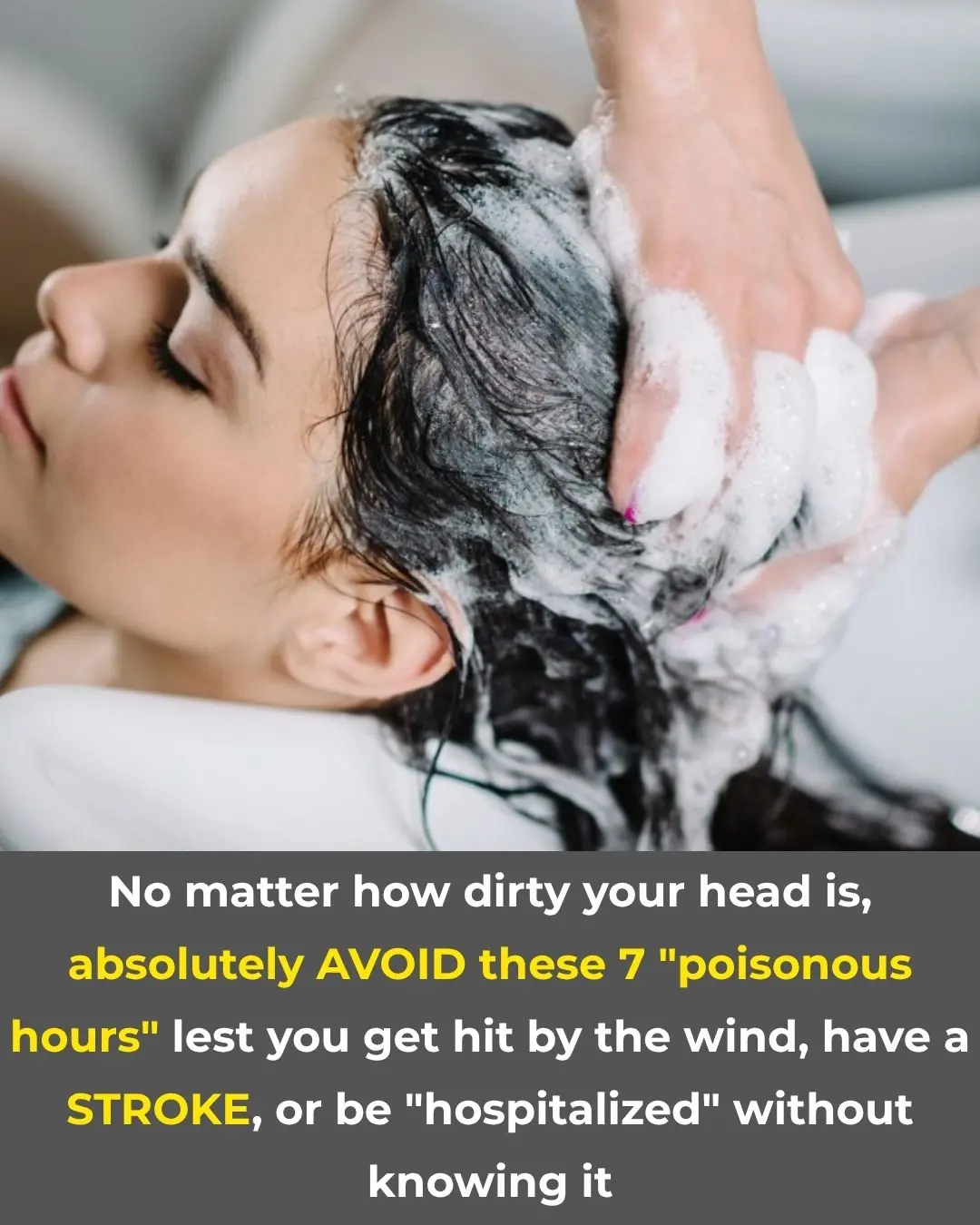
No Matter How Dirty You Are, Absolutely AVOID These 7 “Dangerous Hours” When Washing Your Hair to Prevent Stroke, Sudden Illness, or Hospitalization Without Warning

3 Common Mistakes When Using Plastic Wrap That Can Cause Cancer and Are Often Made by Many People

A Kiss from Joy: The Language of Love Between Elephants and Humans
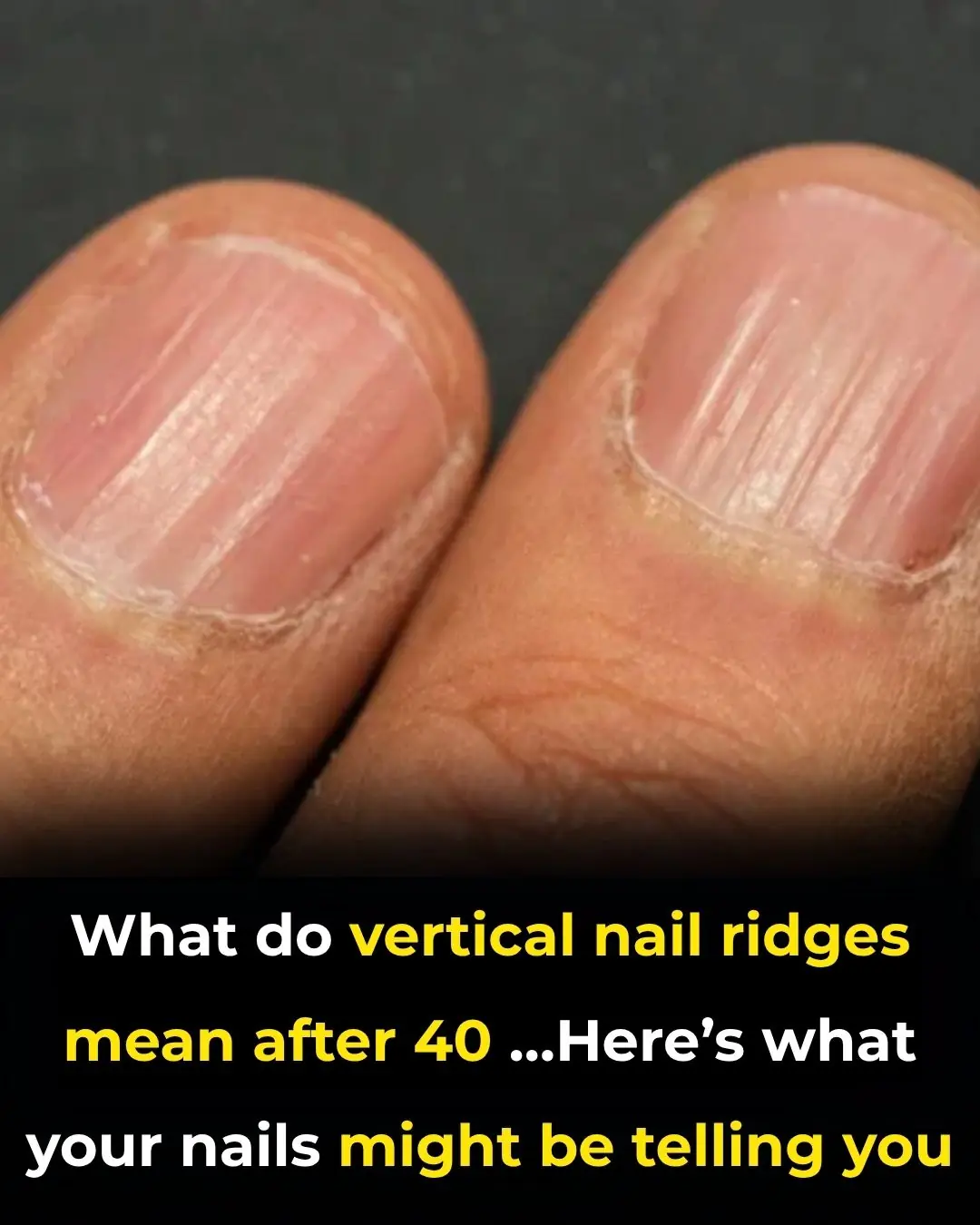
What Do Vertical Nail Ridges Mean After 40

A Brave Fight for Life: Kuba’s Battle Against Ewing’s Sarcoma
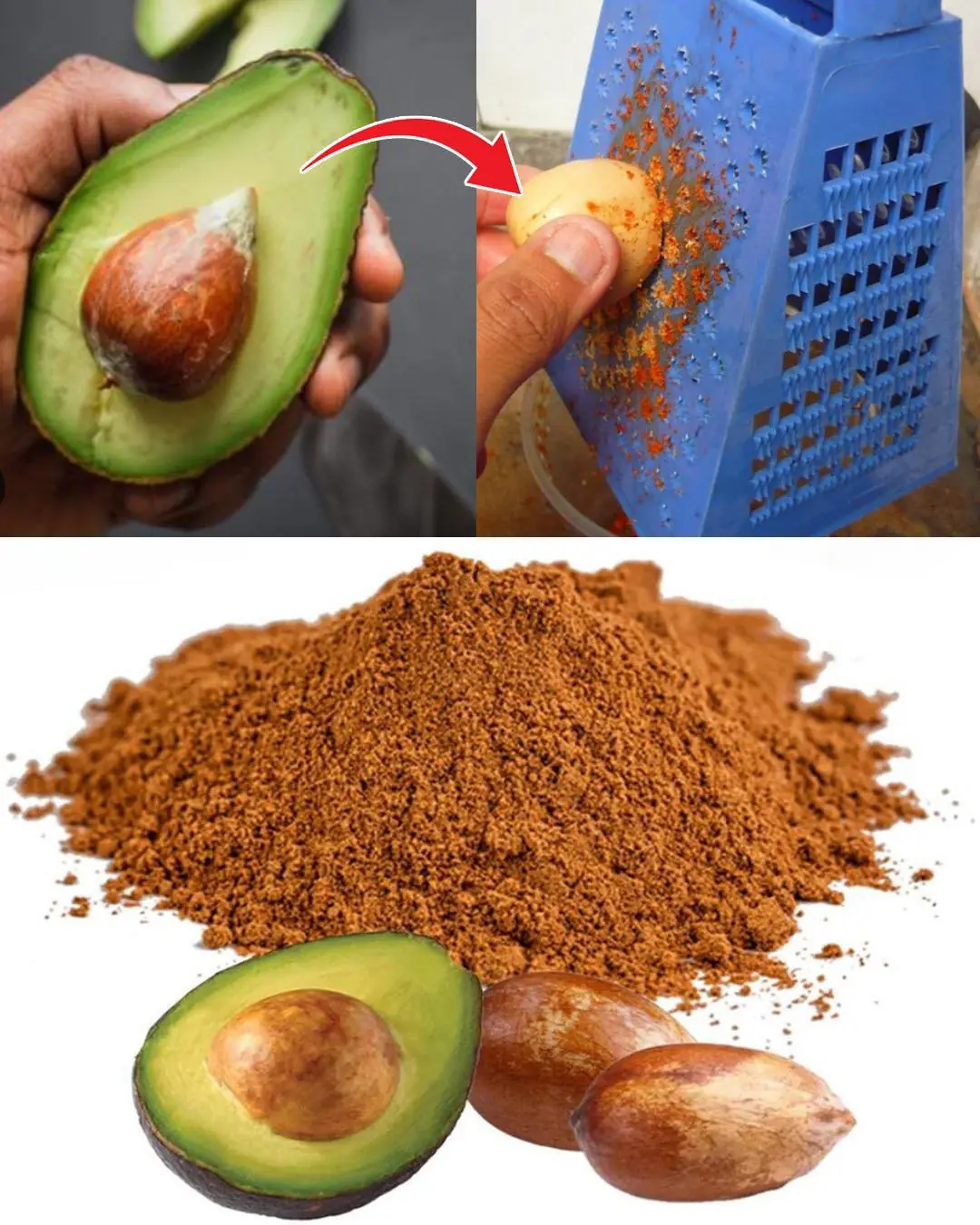
Avocado Seeds Benefits: 7 Reasons to use them

9 Signs You’re Actually Going Through Menopause (Even If You Didn’t Realize It)
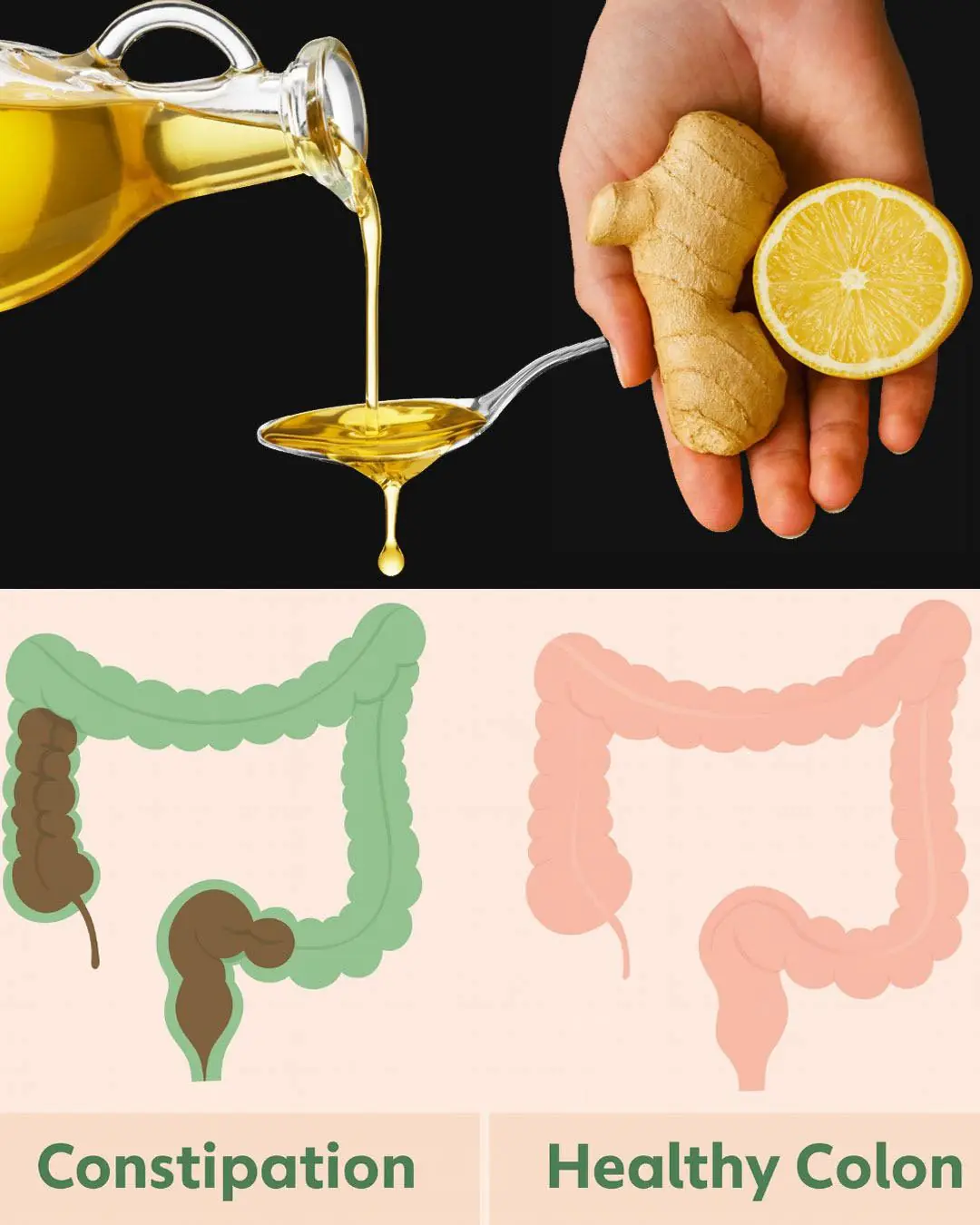
Morning Detox Elixir: Olive Oil, Lemon & Ginger – The Natural Cleanse You Need Daily

Nine Children in Dawsonville Get the Gift of a Bed, Comfort, and Peaceful Sleep
